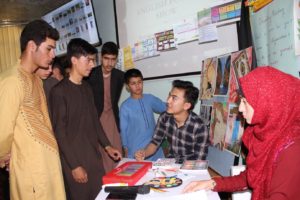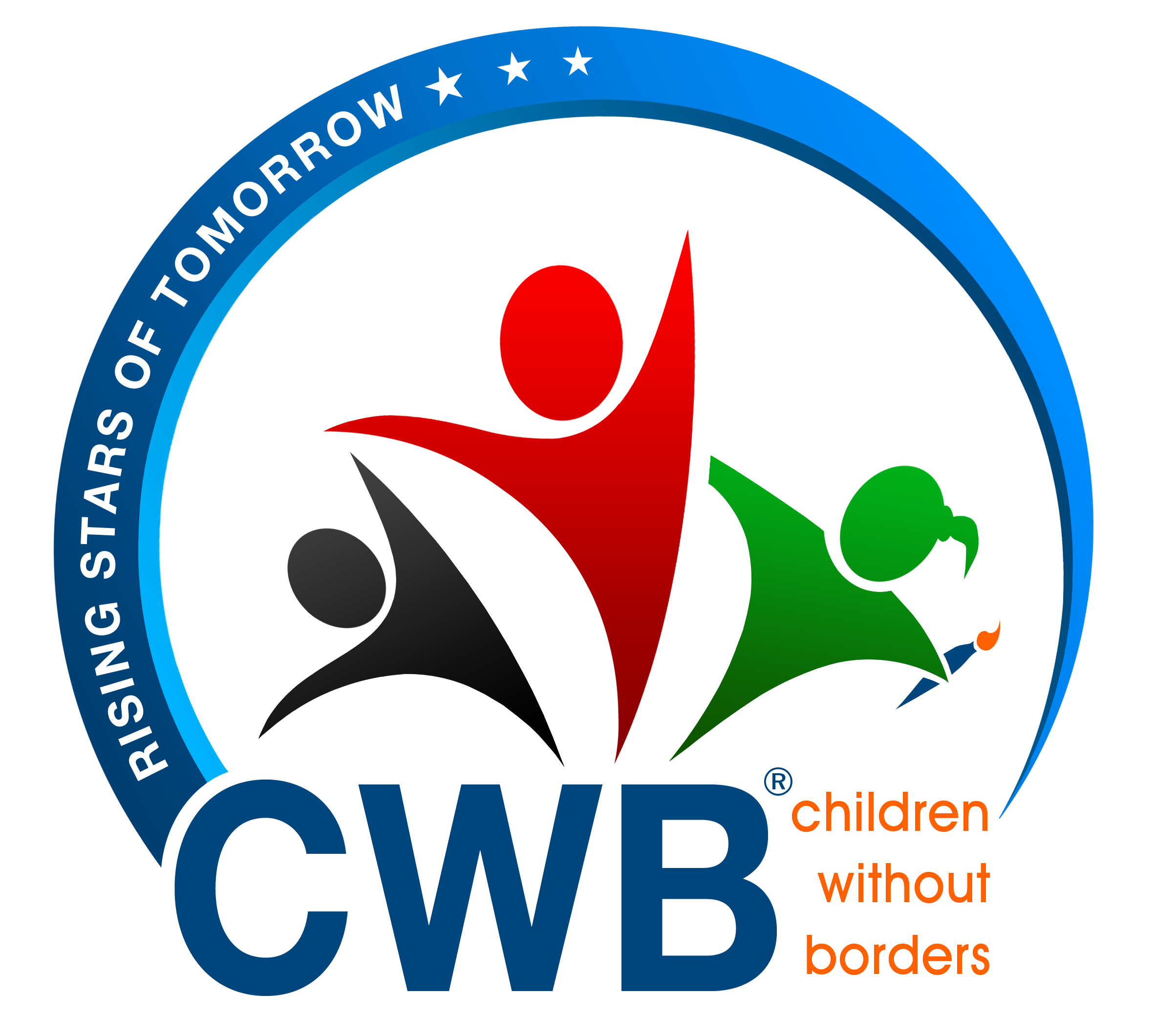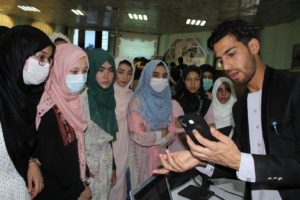
Child labour is increasing drastically in Africa and South Asia, particularly in Afghanistan – a country torn by war and poverty. The means of survival for the children is by giving up their freedom and childhood. Children are denied opportunities to fulfil their rights and denied access to education as they are working full time hours. The work is also dangerous for the children and they get paid little to no money. If all the developed nations work together with Afghanistan on building a stable government and creating more job opportunities for adults, than the millions of children in Afghanistan toiling in inhumane working conditions to provide for their families can come to an end.
Although there are vague laws prohibiting children younger than fourteen from working full time, still countless children in developing countries are faced with such dysphoria. To understand the phenomenon within Afghanistan, one must examine its complex causes such as historical conflict, lack of government services and the poor economic conditions.
Countless children in Afghanistan work long hours in brick making, carpet weaving, construction, mining, and farming. Others are begging, collecting garbage or selling items on the streets. According to a report by the U.S. Labour Department, children in Afghanistan who are involved in the labour force suffer from physical injuries and rapid health deterioration. About ten percent of children working in the streets were found to have some type of physical illness or psychological harm (ICF International, 2008). Common ailments included skin diseases, ear problems, eye infections and exposure to parasites.
Children in the carpet industry are faced with many hazards, including long working hours that causes respiratory problems. Steel selling and artisanship both makeup twenty percent of child workers in the country (ICF International, 2008). Working children are often used for drug trafficking and are at a high risk of physical and sexual abuse. Those who work on the farms deal with heavy loads, are frequently injured and exhausted. Even though the situations currently faced by Afghan children are challenging, the world needs to be aware that given Afghanistan’s circumstances, child labour is necessary for some families until the causes are eradicated.
Afghanistan has faced uninterrupted conflicts since the invasion of the Soviet Army in 1979. This greatly contributed to the increasing amount of child labour in the country and caused an unknown number of men to join the fight against the soviets, leaving families greatly dependent on their children for income. This violation led to the invasion of the Taliban in 1996, causing more violence within the country. The country’s endless wars left many men displaced or dead. 20 percent of Kabul children interviewed admitted to having no father (AIHRC, 2002).
Social norms and laws under the rule of the Taliban prevented women from receiving an education and working outside their homes. Women who were widowed or with husbands who were unable to work due to illness or injury had to rely on their children to become “breadwinners”. An estimated thirty percent of children in Afghanistan became the sole source of income for their families (Reihing, 2007). Because of the male biased laws the Taliban implemented preventing women from working to support their families, countless children were forced and pressured to join the labour force to survive.

Furthermore, the children of Afghanistan are joining the labour force due to the government’s failure in providing them with their basic needs. The lack of resources has caused the economy to fail leaving little money for citizens to survive on. Citizens of Afghanistan are denied clean water, security, food and education. Many families cannot afford school supplies, uniforms, transportation and the schools are not safe for children.
The government has failed in providing schooling for all children as the schools present are far from villages and are overcrowded. Sami, a bakery worker was interviewed by a child protection specialist about his work as a child. Many schools do not accept new students due to lack of staff and space, depriving three million children of education (Reihing, 2007). The government has also failed in disabling the Taliban which denied basic education and rights to children.
As mentioned earlier, the Taliban banned females from receiving an education and shut down many schools because they believed that the only valid education is religious education. This resulted in many teachers becoming unemployed and being forced to send their children to work in order to survive. The Afghani government has also failed in implementing labour laws and enforcing them which has caused many employers to hire kids as they are cheaper. Due to lack of government services, the country is unable to educate the next generation of children, resulting in a vicious cycle of poverty.
One of the main barriers for both obtaining education and decreasing child labour is poverty. Afghanistan is one of the poorest countries in the world with a standing per capita GDP of only two hundred US dollars, and an average annual income of approximately a thousand dollars (Reihing, 2007). A study has proven that 96 percent of child labour was due to poverty and poor economic conditions. The dependence of children in households is so common that thirty one percent of families have reported that they rely solely on their children’s income to survive (AIHRC 2007). The country suffers greatly from the lack of proper jobs for adults. The Unemployment rate is over thirty five percent causing thirty six percent of the population or nine million people to live in absolute and extreme poverty (Kelly, 2014). The number one killer in
Afghanistan is not war but it is in fact poverty. The country is ranked second highest in maternal mortality rate and third highest in infant mortality rate in the world (IRIN,2008). For every one hundred thousand children, approximately four hundred and fifty mothers die, and for every one thousand births, about one hundred and nineteen infants die (IRIN, 2008). Families that are desperate are left with no choice but to pressure their children into the labour force. The poor economic conditions such as large amount of unemployment, lack of resources and funding have caused a huge increase in not only deaths and illnesses but it has also increased in the number of children in child labour jobs. Economic hardships have opened doors to the issue of child labour within Afghanistan.
If all the countries around the world and Afghanistan work together child labour can be eliminated altogether. Although it may take some time. For the benefit of the children we must take the steps required to eradicate this issue. Education is a step that can eliminate child labour. Free, compulsory education must be offered for children till they are the minimum age of employment. Education will benefit the economy and children will receive the proper skills needed to get a job when they are older. Children that work at a young age are more likely to be unemployed when they are older as evident in the mass unemployment of adults in Afghanistan. The skills of educators must also be enhanced so that they have the proper knowledge to teach others. Many families are hesitant to send their children to school because they are far distances or because they fear the child will not be safe in school as the country is still undergoing wars.
To eradicate this issue, schools should be protected with bullet proof glass and police to ensure people trying to cause harm do not get through the doors. More schools should also be built as the ones present are crowded and far for many. If more roads and a means of public transit was present, attendance of school will increase drastically. Families often don’t realize the importance and benefits of education as a majority of adults are illiterate. But if educators increase family knowledge of the importance of receiving an education, many would take their children out of the work force and enroll them in school. As human beings that have benefitted from education and have the opportunity to go to school safely, we must work to improve the education for children in developing countries.
Another solution for eradicating child labour is for the government to play its part. Developed countries should aid Afghanistan in rebuilding a stable government which will benefit the country. United Nation countries should also aid Afghanistan in getting rid of the Taliban permanently to free the country of their violence and corrupt power.
The government of Afghanistan should implement and enforce child labour laws. The Afghan government has implemented a list of 19 hazardous work prohibited for children and has prohibited children under 18 to work full time but has failed to enforce the laws through penalties (HRW 2016). The penalties for child labour must be strict and job sites should be inspected frequently. The government must ensure that every child has the opportunity to receive an education and be safe from the hazards of a work place. Governments play a massive role in ensuring children are safe and educated. Their basic needs must be met so they are not forced to work for survival.
Lastly, to ensure children are not working, workplaces should not hire children. Many employers severely underpay children. Preventing employers from hiring children by enforcing child labour laws will stop children from working if employers are not hiring them. Many adults refrain from working as there are not many opportunities and women are pushed away from working (HRW 2016). If Afghanistan developed their agriculture and economy, then employment opportunities for adults will increase. If Afghanistan developed its trade relations and agriculture with the assistance of developed countries, then Afghanistan’s economy will increase and assistance programs can be implemented to assist families affected by the war and poverty. Many females refrain from working due to Afghanistan’s patriarchal society which denies women from working outside the house. But if leaders of Afghanistan advocate for female rights and equality among genders, then more women will be encouraged to work and will not depend on male children to provide an income. Programs should be implemented to educate mothers on the importance of seeking employment as well as programs to teach mothers skills needed for employment. The government should also fund aid programs to assist Afghan citizens in rising above the poverty line and to teach families skilled trades and other job information to assist them in working in a larger job selection.
In conclusion, child labour in Afghanistan is a serious problem. It affects not only the child but stands in the way of the country’s future development. Despite the countless barriers to the issue of child labour within the country, the world must come together to decrease or eliminate the causes that contribute to this war torn country. To fully recognize the country’s struggle with child labour, one must comprehend and try to eradicate the complex causes such as historical events, lack of government stability, and the poor development of economic infrastructure.




